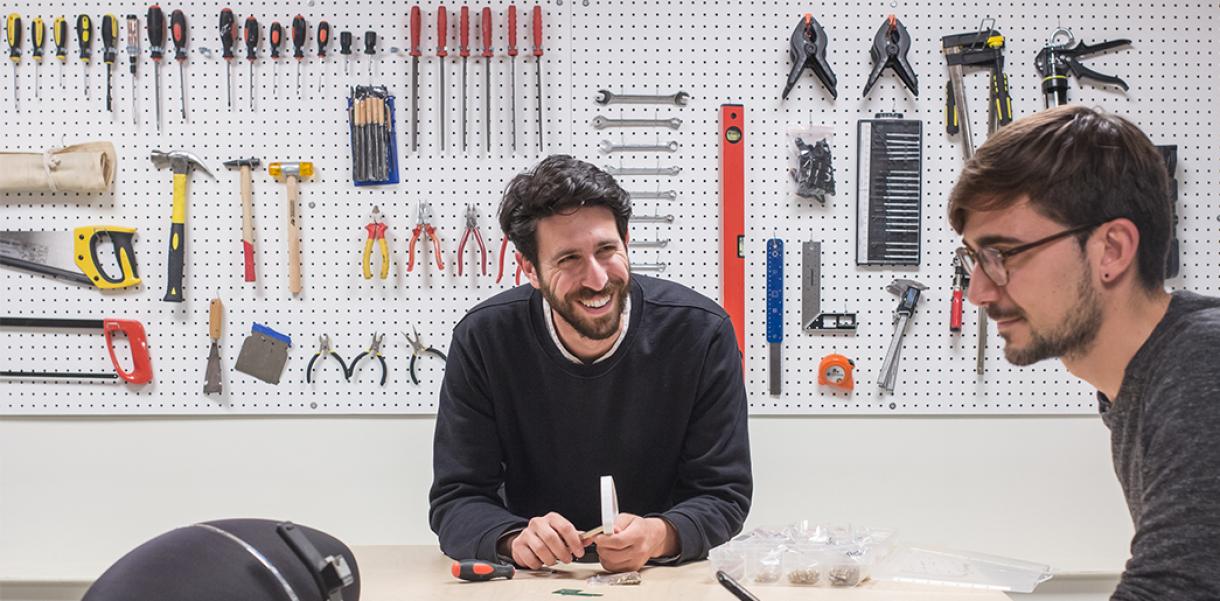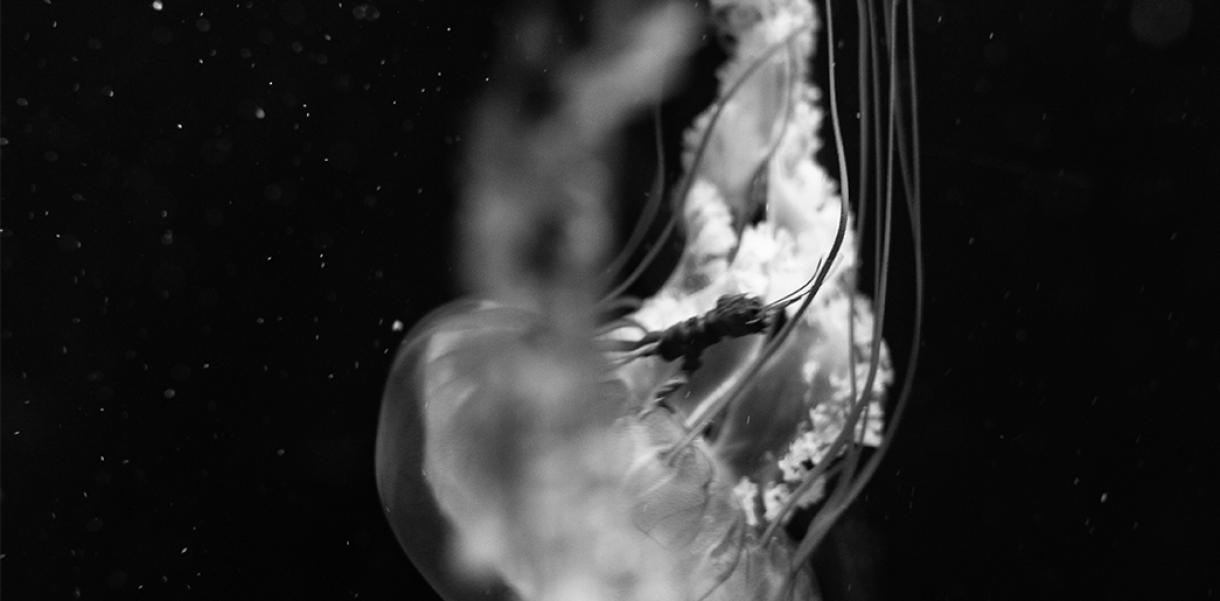What’s the design?
Dutch Frolic Studio is a strategic product design and development company that makes physical products for clients through tech. While making products for commercial clients, they were frustrated that what they were developing was designed to replace other stuff. So, they started their own project, Smartians, which are small motors to optimize already existing devices. The small add-ons can be controlled through an app to push, pull or press, making the user able to start a boiler, turn lights off or shut the blinds from afar. Smartians was launched on Frolic’s website in November 2018.
The hurdle
“On one hand, we’re product designers so we love making products but, on the other we’re making products that add more to the landfills and e-waste,” Director of Frolic Andrew Spitz explains. “Products should last 20 years. Now it’s the systemic problem of buy and just throw away.”
Spitz and his team like to run their own projects while serving commercial clients, which Smartians was perfect for. It took them two years to reach proof-of-concept stage, had it been for a client, it would’ve only taken three months. “The difference between us and a regular start-up would, possibly, be that this is our expertise. We spend all our time prototyping, so we’re very used to that process whereas a lot of start-ups find themselves in a situation where they need to hire in those skills.”
The goal of Smartians was, first of all, to raise awareness about society’s poor consumption habits, but to also attract potential investors. “The scenario was either we make a nice statement on a nice piece of design or we try to get a big enough pool of money to create a dedicated team and spin-off a company from our consultancy to develop the project fully.”
“Since the launch, we’ve been in talks with investors and companies that are looking into the smart-home market,” explained Spitz. “But it’s not actually converting into something and I think part of it is because we’re a bit strict. “We want a big lump of money up-front, so we’d be able to spin-off the company.”
According to Spitz, they’re also missing a vital thing that many investors look for: “We don’t have all the IP (Intellectual Property) in place, which is something they want. If you have a patent it’s a much safer investment for them, or they at least believe it is. It’s basically a full-time job to push all that forward and it’s just not our world”.
The strategy
Right now, Smartians is at a standstill but Frolic Studios have started looking into new options: “The last few talks we’ve had were with companies where we’d be passing Smartians over to them,” explained Spitz. “That would mean we get the IP and then say, here you go, run with it. On one hand it would be nice to see it come to life, on the other hand, there’s questions: do we keep creative control, do we keep assets in the company and many more.”
Tips from the designer
- The more iteration, the better – Proof-of-concept is one of the most crucial stages, get users to test your product as soon as you’re able;
- Have your patents in place – Get the process of your intellectual property started early on – otherwise, it’s likely you’ll hit a roadblock with investors;
- Have a side hustle – If you feel like your company and individual values aren’t aligned, have a passion project on the side. It’ll help keep you motivated professionally and you’ll be progressing with your personal goals.




